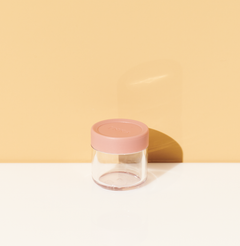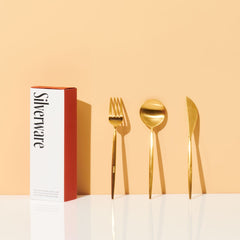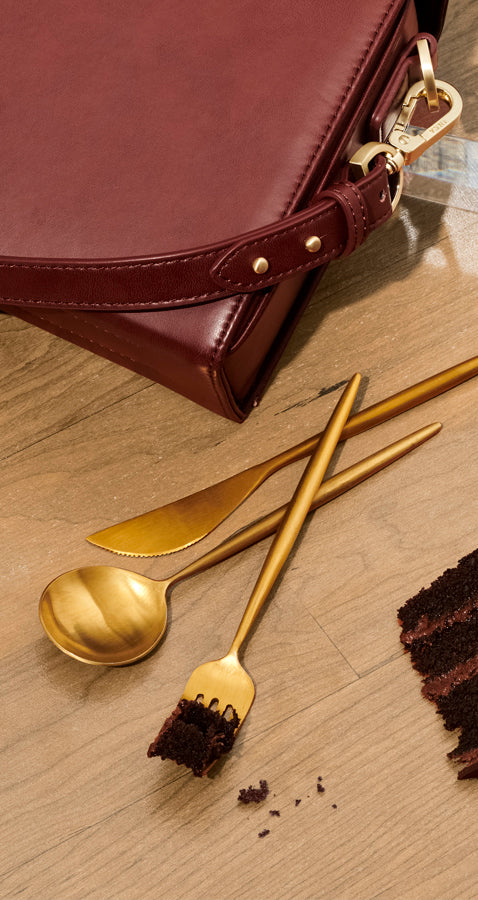We all criminalize plastic. And while it’s right to label single-use plastics as public enemy #1, it’s important to note that not all plastics are created equal.
Our Process
We spent 2 years researching materials before choosing Tritan Copolyester as the material for our Food Containers. We didn’t make the decision lightly.
99% of plastics didn’t make the cut. They weren’t sustainable or safe enough for INKA. But Tritan stood apart – it’s US-made, PBA-free and FDA-approved for babies. It’s a tech material usually reserved for medical devices and luxury appliances like the Vitamix blender.
Known as the “Rolls Royce” of plastics, Tritan is 8x the cost of regular plastics and 4x the cost of glass. Why? It’s made to last forever. Tritan is 68% stronger than traditional polyesters and upwards of 40% stronger than polycarbonate – and that’s the good stuff.
Scroll down to read why Tritan won us over!

#1 Designed for home & on-the-go
We set out to provide the tools people need to eat well and sustainably wherever they go. That means designing products not just for food storage at home, but overcoming barriers to taking food on-the-go.
We discovered that weight and spills were the largest barrier to carrying food. Glass was an option, but our research showed that glass containers were too heavy; people would actually opt for low-grade plastic (wrap) when taking their food al fresco. Glass also lacks the flexibility to create an airtight seal – that’s why you see so many glass containers with plastic lids.
#2 Safe & Durable
Once we got our hands on a plastic third-party approved for babies, we had to evaluate the safety of the physical material. Compared to glass, which has a high risk of breakage, Tritan proved the best of both worlds. It’s nearly indestructible. And, afterall, our Containers look like glass until you drop them.

#3 Stains, Smells & Lifespan
Tritan isn’t like other plastics. It’s extremely resistant to staining and smell absorption because of its non-porous composition. You won't need to toss your Tritan container just because you stored Bolognese for a little too long. In other words, it's durable enough to be passed down for generations.

#4 Environmental Impact
There’s no obvious sustainable winner when it comes to Tritan .vs glass.
When considering the lifecycle analysis of each material – the longer a product lasts, the better it is for the environment. Because Tritan is made to withstand decades of use, the odds are you’ll break your glass container long before your Tritan starts to show any wear and tear.
Both plastic and glass production rely on natural resources. We all know about the issues with fossil fuels which help create Tritan, but it's often overlooked that glass production relies on sand extracted from riverbeds – a process that devastates ecosystems.
Glass may not be made from fossil fuels, but it depends on them in transport and processing. And due to its weight, glass produces higher emissions in transport than plastics. Tritan uses less energy during processing than most plastics and its light weight means fewer emissions in transport.
When considering recycling, it’s important to note what the product is used for once recycled. Products made from recycled glass only save 15% of the energy used to make it from scratch, whereas using recycled plastic saves 80%. Therefore, recycled plastic has more environmental benefits in the long run.
---
We hope this brought some clarity to the often murky world of materials development and sustainability. If you’d like to learn more about recycling these materials, read our 3 part series, starting here.
















